Construction goals
Relying on the public security video private network/public security network, by connecting to network operators, VOIP telephone systems, program-controlled telephone exchanges, PSTN (as well as public security dedicated line telephones) and other telephone terminals using the telephone recording system, a unified voice supervision platform will be built to record in real time the telephone calls such as alarms, requests for help, consultations, and complaints from departments such as criminal investigation, economic investigation, public security, traffic management, fire protection, 110 command center, entry-exit administration, household registration, and police station window units. A complete and mature voice supervision system platform will be established to realize functions such as call recording management, hierarchical online query and playback, and evidence fixation.
Project Requirements
Currently, there are 50 police stations (which may increase to 80), and each police station is planned to have 8-16 port recordings (that is, each police station deploys a special monitoring recording device); the municipal public security sub-bureau can retrieve (listen to) the recordings of each police station, and the county public security bureau under it can listen to the recordings of all police stations in the county. It is required that the municipal public security bureau can monitor in real time the device port status (alarm status/offline status/storage status) of each police station. (A centralized recording management cloud platform will be deployed in the municipal public security bureau) to meet all requirements.
System networking
Safety: Deployed on the public security private network to ensure data security.
Practical: Centralized hierarchical management.
Stable: Real-time alarm reminder for port lines (disconnection) to ensure no loss of recordings.
Reliable: Automatic recording (can be automatically pushed to the superior platform) with local dual backup at the bureau level.
Intelligent: Deploy a voice recognition server to automatically convert recordings into text, and the content can be corrected and edited.
Advanced: Automatically analyze the recorded text, retrieve keywords/sensitive words, conduct semantic analysis, and provide intelligent graphical displays as required.
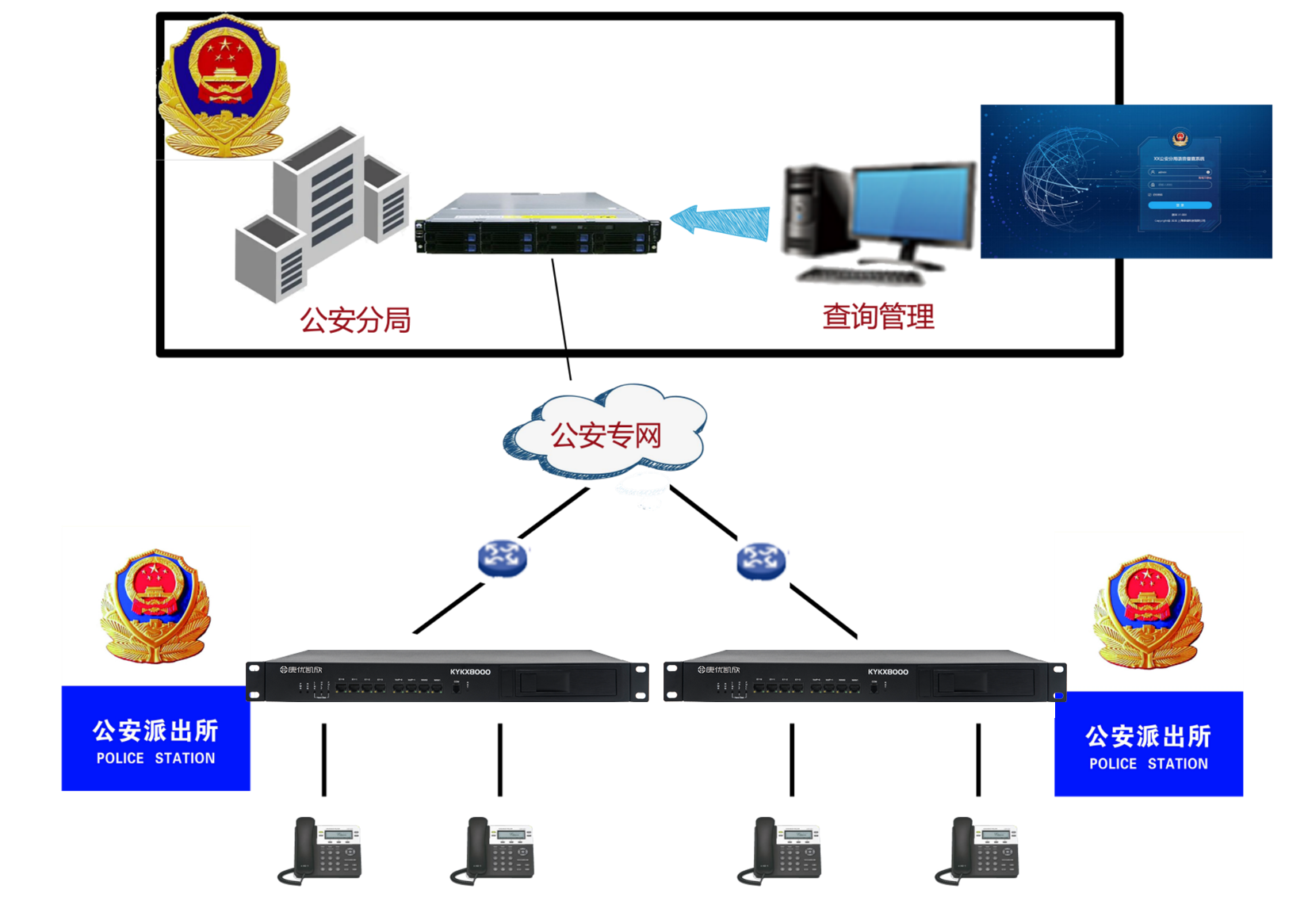
Logical structure
The voice supervision system mainly includes maintenance management, operation and data management, unified entry management, third-party interfaces, permission management, hierarchical management, user management, device management, listening management, evidence management, data management and application, etc., with each module having independent functions.

The cloud platform for the voice supervision system uses a dedicated cloud platform independently developed by Nanjing Kangyou Kaixin Communication Equipment Co., Ltd., which is specifically customized for the informatization deployment of public security systems.
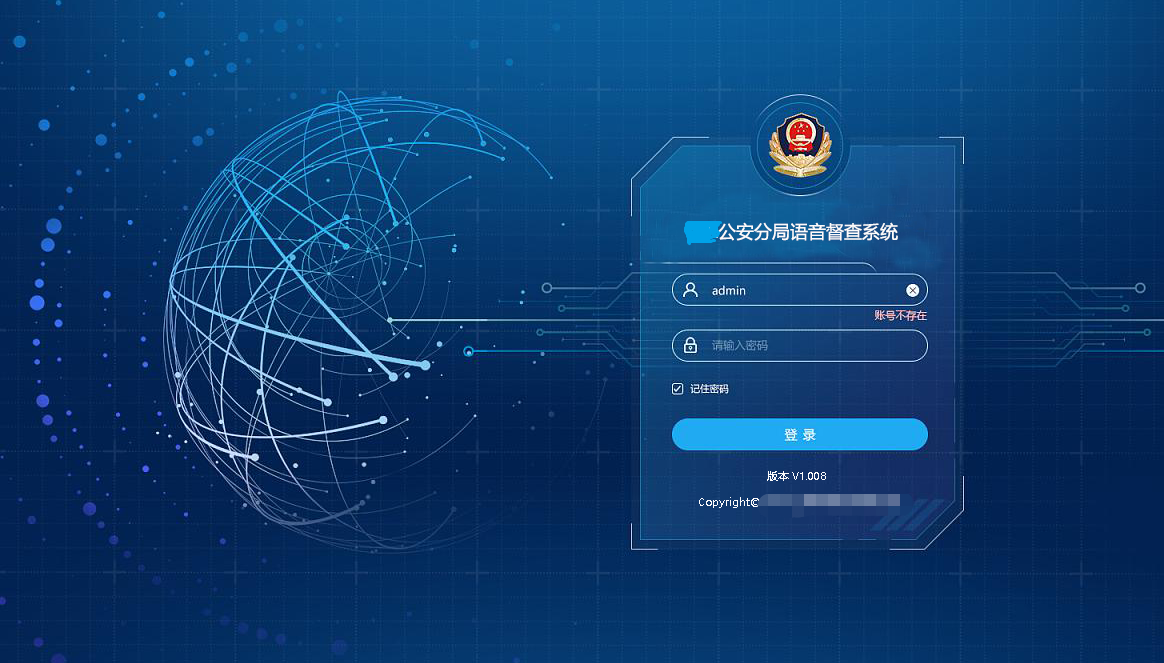
Nanjing Kangyou Kaixin Communication Equipment Co., Ltd. has focused on government communication, operator services and digital program-controlled telephony for more than 30 years, with long-term extensive technical research and relevant engineering practices. The platform adopts an embedded Linux operating system, which is safe, reliable and virus-free, combined with a hybrid C/S and B/S architecture. The client supports mainstream Windows desktop operating systems and IE 8.0 or above browsers (including version 8.0). The fault alarm time difference monitored by the cloud platform is less than 5 seconds. The platform can monitor its own operating status and faults in real time. When a running fault or service interruption occurs, it can automatically restart the service. At the same time, combined with the hot standby deployment of the system, it effectively ensures the system to achieve 7×24-hour fault-free operation. It mainly includes modules such as maintenance management, operation and data management, unified entry management, third-party interfaces, permission management, hierarchical management, user management, device management, listening management, evidence management, and database management applications.
Functional Brief Introduction
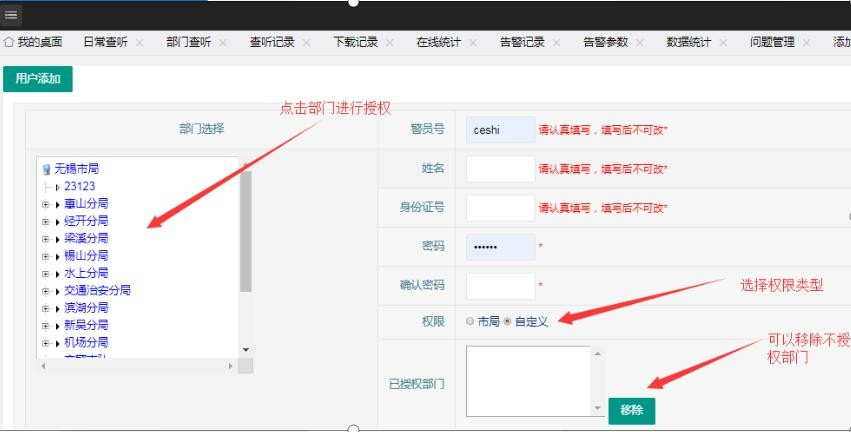
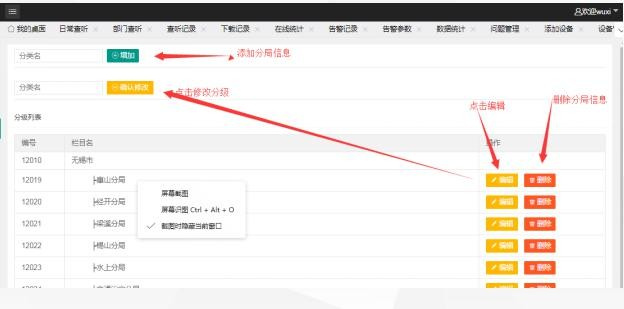

The KYKX8000 Special Supervision Recording Device is a new-generation recording system independently developed by Nanjing Kangyou Kaixin Communication Equipment Co., Ltd. specifically for voice supervision. This system supports recording and real-time monitoring of analog users, analog trunks, digital trunks, and VoIP trunks. It can be widely applied to commercial telephone recording, industrial dispatching recording, hotline service recording, complaint call recording, key position recording, financial and securities recording, and public security alarm recording, providing solid and reliable storage and query of recording records for various industries.
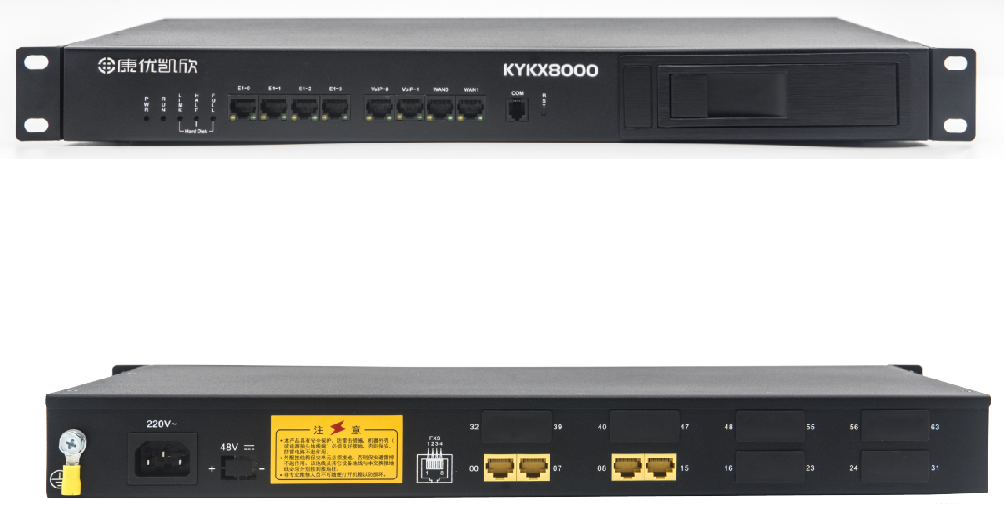
This recording system can support up to 64 channels of simultaneous recording. Each 1G hard disk space can store 37 hours of recordings, and a 1T hard disk can store 30,000 hours of recordings. It adopts an embedded Linux operating system, ensuring safety, reliability, and virus-free operation.
When the system's hard disk is about to be full, the system will automatically delete the earliest recorded data to ensure that the system can run continuously for years without interruption.
Comprehensive query of recording records based on multiple conditions: such as incoming number, outgoing number, recording time, recording duration, recording channel number, etc. It can list, print, summarize, and group the query results of recording records.
Multi-point remote management: supports local area network (LAN) and wide area network (WAN) for remote access, viewing, listening, deleting, backing up, and querying. It also supports multi-user permissions, where different users have different operation permissions.
Flexible recording start modes: including voltage control, voice control, code control, ring flow control, and key control.
The start time of recording can be flexibly set, supporting time-period recording, all-day recording, or no recording. The recording file format is WAV. Multiple users can manage recording data on multiple computers simultaneously.
Removable hard disk: The server is designed with a pull-out hard disk, allowing flexible replacement of the hard disk for data backup.
Remote monitoring: It supports remote real-time monitoring and query of recording files synchronously with the main recording system via LAN or the Internet. It is automatically compatible with dual-mode caller ID (FSK and DTMF) with a recognition rate of 99.99%.
The special supervision recording device is responsible for completing voice data collection, realizing data collection from front-end recording equipment, forming corresponding associations with the digital recording business system, and analyzing voice monitoring data at the business system level without affecting the normal operation of equipment and business systems. It supports distributed collection and automatic upgrade. When a new version is released, it only needs to publish the upgrade program to a fixed location on the server, and the system will automatically judge and upgrade to the new version. The system supports self-management and fault recovery functions. When a fault occurs and it cannot run correctly, it can restart itself to resume normal operation.
The special supervision recording device is responsible for processing unfinished voice data, including data management, event management, and alarm management. Data management preprocesses the collected data and distributes and outputs the data according to the process. Event management, based on the event-driven mechanism, standardizes the data collected by the collection module, filters, merges, compresses, and analyzes it according to preset event rules, thereby issuing alarm commands, entering the alarm event processing process, and sending alarm information. Alarm management sets the clearing, forwarding, and upgrading of alarm information according to alarm rules to reduce the possibility of repeated or false alarms.











